
Essential Tips for Growing Healthy Apple Trees
Published: 24/09/2024 | Updated: 24/09/2024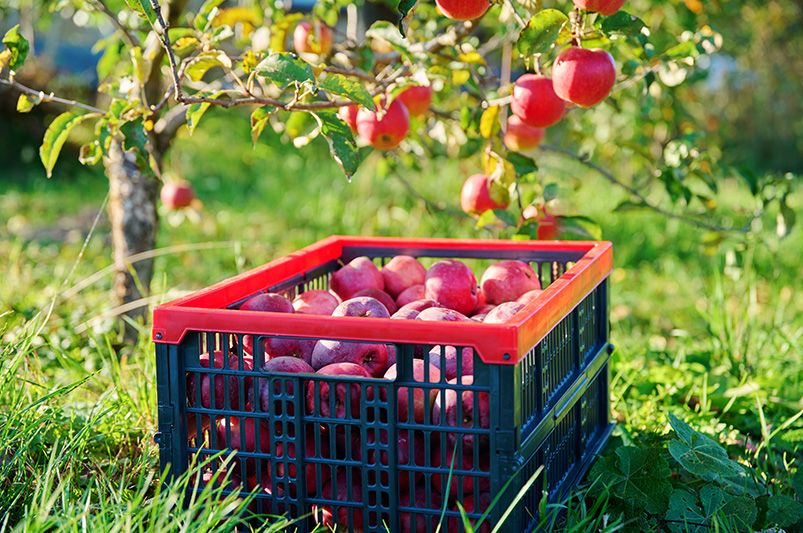
Key Highlights
- Choosing the right apple variety is crucial for successful tree growth and fruit production.
- Proper site selection with full sun exposure and good air circulation is vital for healthy apple trees.
- Essential steps like soil testing and watering techniques are important for the initial planting phase.
- Fertilization, pruning, and disease management are key aspects of nurturing apple trees for optimal health and productivity.
- Understanding pollination requirements and employing thinning techniques can enhance fruit quality.
- Proper harvesting, storage, and identification of ripeness are essential for a successful apple harvest.
Introduction
Start your journey into growing apple trees with these important tips. Learn how to take care of young apple trees, including how to pick the best kind for your area and the climate they need to grow well. Find out how to plant and care for your apple trees so you can have a lot of fruit every year. Explore pruning, pest control, and ways to increase fruit production. With this information, you can help your apple trees thrive right in your own backyard.


Understanding the Basics of Apple Tree Cultivation
When growing apple trees, it's important to choose the right apple varieties for your area and taste. The climate matters a lot because apple trees need a certain number of chill hours and full sun to grow well and produce fruit. Knowing the root system and graft union of young trees is key for their growth. Also, testing the soil, using good planting methods, and making sure there is good air circulation around the tree are all necessary to help apple trees become strong and healthy.
The Importance of Choosing the Right Variety
Choosing the right apple tree type is very important for growing apples well. Different apple varieties grow better in different climates and soil types. This affects how much fruit they produce. Think about things like the chill hours needed for fruit to grow, the size of the tree, and how resistant it is to diseases when making your choice. For a big harvest, you might go for Golden Delicious apples. If you have little space, consider dwarf apple trees. Picking the right type that suits your local climate helps ensure good growth and quality fruit. This makes choosing the right apple variety a key step in apple tree growing.
Climate Considerations for Thriving Apple Trees
Apple trees grow well in places with enough sunlight. They usually need full sun to thrive. It's important to plant your apple trees where there is good air circulation. This helps prevent common diseases, like powdery mildew. You should also think about the climate in your area. Different apple varieties have their own temperature needs, including chill hours in winter to produce fruit. Keep your trees safe from excessive heat and cold air. These can affect the tree’s growth and fruit development. Good soil conditions and ventilation are very important for the health of your apple trees.
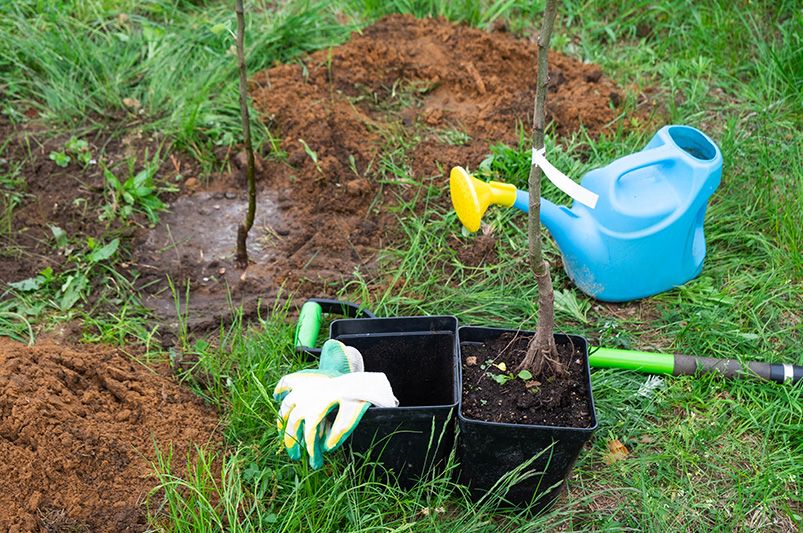
Preparing to Plant Your Apple Tree
Before you plant your apple tree, make sure you have the right tools and equipment ready. You will need a shovel to dig, gloves to protect your hands, and a watering can to give it some water at the start. Getting ready helps make the planting easy and provides a good start for your tree to grow. When picking a spot, think about the root system and graft union. These are important for your tree's health and how much fruit it can produce in the future. Pick a place that has good air circulation and receives full sun. This way, your apple tree can produce the best fruit.
Essential Tools and Equipment for Planting
To successfully plant an apple tree, it is important to have the right tools. You need a shovel to dig, pruners to trim the roots, and a hose to water the tree. Other key items are compost or fertilizer to improve the soil, mulch to control the temperature, and stakes to help young trees stand tall. Also, having a wheelbarrow makes it easier to move things around. The right tools make planting smoother and help your apple tree grow well.
Selecting the Perfect Location in Your Garden
Sunlight is very important for fruit production. Choose a spot in your garden that gets at least six hours of full sun every day. For the best growth, make sure the area has good air circulation. This helps lower the chance of diseases and keeps the leaves healthy.
Planting on a small slope can help with drainage. It keeps the roots from sitting in water, which can cause root rot. Clear the planting area of weeds, grass, and other debris. This will help reduce the competition for nutrients and water.
When you plant a grafted apple tree, remember to keep the graft union above the soil line. This bulge is usually easy to see. Keep it at least 2 inches above the soil. This stops the rootstock from making its own shoots.
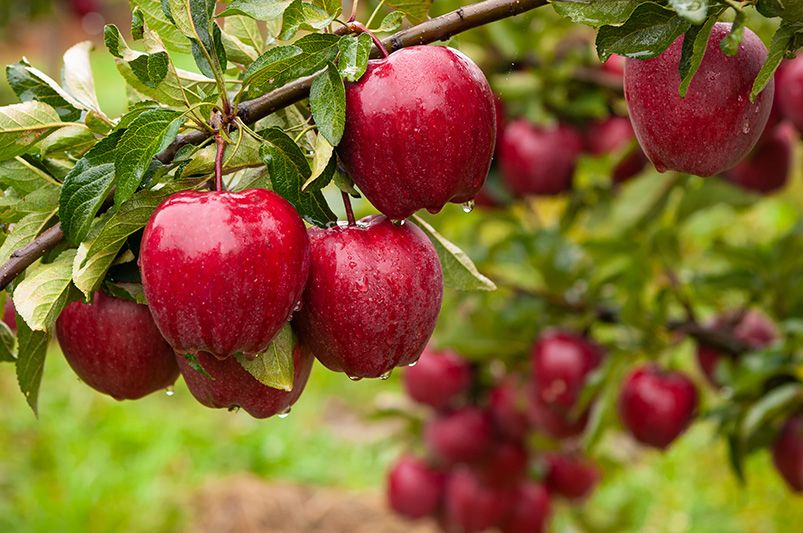
Step-by-Step Guide to Planting Apple Trees
After choosing the right apple type for your orchard, you can start planting apple trees. First, make sure the soil is ready and has the right pH level. If you are using bare-root or container-grown trees, be careful with the roots. Plant at the right depth, so the soil line meets the root flare. Use loose soil around the graft union to secure the root system. Water the young trees well after planting to help them grow strong and healthy.
Step 1: Soil Preparation and Testing
To help your apple tree grow well, start with good soil preparation and testing. Check the soil to find out the pH levels and nutrients, best done in early spring before planting. Aim for a pH range of 6.0 to 7.0 for the best fruit production. Clear the area of any debris and weeds. Make sure the soil is loose so the young tree's root system can develop easily. Keep in mind, good soil preparation is key for a strong and healthy apple tree.
Step 2: Planting Bare Root vs. Container-Grown Trees
When choosing between bare root and container-grown apple trees, think about immediate growth and ease of planting. Bare root trees usually come in early spring. They can establish quickly since they don't have soil around their roots. On the other hand, container-grown trees can be planted anytime during the growing season. They can handle transplanting better. Make sure the root system is spread out well and not curled. Container-grown trees might have roots that are packed together. You may need to give them a slight twist before planting to help them grow outward.
Step 3: Watering Techniques for Young Trees
To help young apple trees grow well, it is very important to know the right way to water them. These young trees have root systems that are still developing. Because of this, they are very sensitive to not enough water or too much water. Water young apple trees deeply, but do it less often. This helps their roots grow deep into the soil. Make sure the soil is damp but not soaking wet, so the roots can get oxygen. You might want to use a slow-drip irrigation system to help control how much water they get. It is also important to check the soil moisture regularly. Change how often you water based on the weather and how the trees are growing. These steps will help your young apple trees thrive.
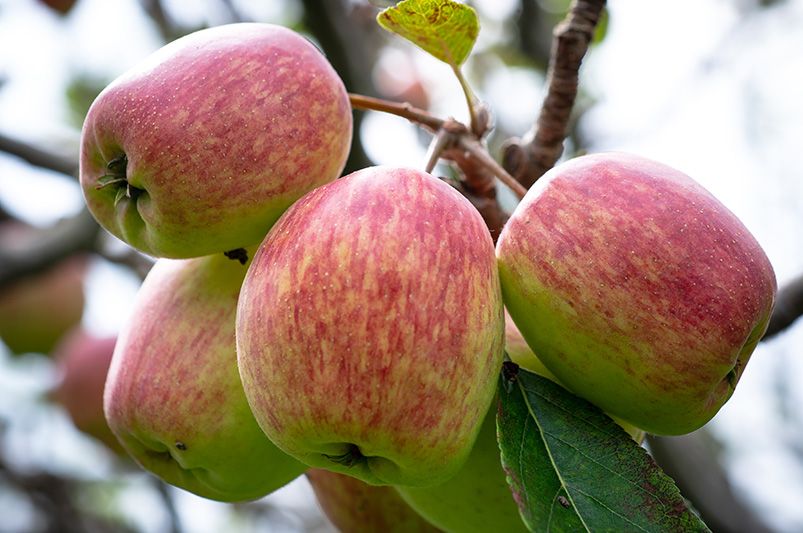
Nurturing Your Growing Apple Tree
Pruning is important for keeping your apple tree healthy and fruitful. Check your tree regularly and take away any dead branches. This helps with good air circulation. You also need to manage pests and diseases to protect your apple tree's growth. Watch for common diseases like apple scab and powdery mildew. If you handle these problems well, your apple tree will have a strong frame of branches to support a heavy crop. Don't forget to care for the root system. It's essential for producing fruit in your young apple trees.
Understanding Fertilization Needs
Conducting annual soil tests can help you understand your soil's nutrient levels. This information will also help you decide how to fertilize your plants. Apple trees usually do best with a balanced fertilizer in early spring. This should happen right before new growth starts.
Do not use too much nitrogen fertilizer. Too much nitrogen can lead to more leafy growth than fruit production. Potassium is important for making fruit bigger and better. Phosphorus helps develop roots and keeps the tree strong.
Change how you apply fertilizer based on your soil test results and how your tree is growing. If you see signs of problems like slow growth, leaf color changes, or not many fruits, you may have a nutrient issue.
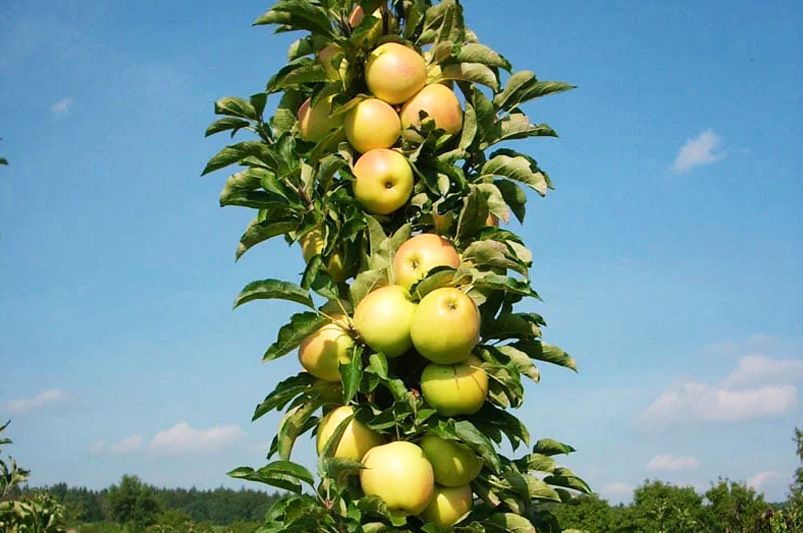
The Basics of Pruning for Health and Productivity
Pruning is very important for keeping apple trees healthy and productive. It means cutting off dead branches. This helps air circulate well and supports better fruit production. Start by finding dead branches and cutting them at the graft union with a small twist. Make sure to keep a strong frame of branches. This frame will hold the weight of a heavy crop. Pruning in early spring helps grow the fruit and leads to a good harvest. Regular pruning also lowers the chances of common diseases like apple scab and powdery mildew.
Pest and Disease Management Strategies
To keep your apple trees healthy, you need to use good pest and disease management strategies. Check your trees often for common diseases like apple scab and powdery mildew. Cut off any dead branches. This helps with good air circulation and lowers the chances of infection. You may want to try natural remedies or organic sprays to fight pests like apple maggots. A strong support system and proper care will help your trees deal with diseases and pests. This can lead to a good harvest.
Encouraging Apple Trees to Bear Fruit
To help apple trees produce fruit well, it's important to know about their pollination needs. Different apple varieties may need specific pollination partners for the best fruit production. Also, bringing in bees to your orchard can greatly improve pollination. Using thinning methods is another way to help. This helps the tree focus on making fewer fruits, which can make the fruit quality better. By using these methods, you can support your apple trees in creating a good and plentiful harvest.
Pollination Requirements and Bee Attraction
To get the best pollination of your apple trees, think about the kinds of apple varieties you have. Some need cross-pollination to make fruit. For example, Golden Delicious and other kinds need a different apple tree nearby to help with pollination. You can bring bees to your orchard by planting different apple tree varieties that bloom at various times. This will keep the bees active for longer. Bees are key in pollination because they help fruit development and bring a heavy harvest. It’s important to make a space that attracts and helps these important pollinators.
Thinning Techniques for Better Fruit Quality
Thinning your apple tree is important for getting better fruit quality. In the early growing season, check how many fruits there are. Remove some fruits to help the others grow well. Thinning makes sure the branches do not break from the weight of a heavy crop. Try to keep the fruits about 4-6 inches apart for the best growth. When you remove unwanted fruits, twist and pull them off gently instead of cutting. This way, the apples that stay will get more nutrients and sunlight. This means they will be juicier and more tasty.
Harvesting and Storing Your Apples
Harvesting and storing your apples is important for enjoying them later. To tell if an apple is ripe, gently twist it. It should come off the tree easily. When you pick the apple, keep it in the palm of your hand to avoid hurting it. Store ripe apples in a cool, dark place, like a root cellar. This helps them last longer. For the best results, make sure there is good air circulation. Also, check them often for any spoilage.
Identifying Signs of Ripeness
Ripeness in apple trees can be seen by looking at their color. This shows that they are maturing. For red apple types like 'Delicious,' look for a rich red color. For 'Golden Delicious', you should see a golden-yellow shade.
Firmness is also important. If you gently press near the stem, it should give a little but not feel mushy. The smell matters too; a sweet aroma shows that the apple is ready.
Lastly, taste a sample apple. Its sweetness and flavor are best when it is fully ripe. You should harvest the apples when all these signs point to ripeness for the best quality apples.
Best Practices for Picking and Storing Apples
Harvest apples when they are fully ripe. To do this, gently twist and lift them. Be careful not to bruise them. When you choose your apples, leave out any that are damaged or overripe. Store the apples in a cool and humid place with good airflow, like a root cellar. Check the apples you store often for any signs of spoilage. Remove rotten ones quickly to stop decay from spreading. Keep different apple varieties apart to keep their flavors fresh. Follow these steps to enjoy your apple harvest longer.
Conclusion
In conclusion, taking care of your apple trees takes effort, but it brings great rewards. By knowing how to grow apple trees, choosing the right type, and thinking about the weather, you can get ready for a good harvest. Regularly trimming your trees, keeping an eye out for diseases, and ensuring they grow in the best conditions are key for good fruit production. A well-cared-for apple tree can make your space look nice and provide you with juicy apples to enjoy. So, enjoy the process of growing and picking from your own apple orchard.
Frequently Asked Questions
How Long Does It Take for an Apple Tree to Start Bearing Fruit?
An apple tree usually starts to grow fruit in about 2 to 5 years. This can change based on the type of tree and how it grows. It's important to be patient. Young trees need time to set up their roots before they can bear apples.
Can I Grow an Apple Tree from Seed?
Yes, you can grow an apple tree from seed. However, it might not produce apples of the same quality as the tree it came from. To get better and more reliable results, think about grafting. Knowing the basics of growing an apple tree is important for success.
Do Apple Trees Require a Lot of Water?
Apple trees need regular watering, especially when they are growing and during dry times. It's important for their growth and fruit development to have enough moisture. But be careful not to give them too much water, as this can cause root rot. Finding the right amount of water is very important for keeping apple trees healthy.
What are the Common Pests and Diseases Affecting Apple Trees?
Common pests and diseases that affect apple trees are apple scab, powdery mildew, aphids, and codling moths. To deal with these problems, it is important to prune the trees properly. You should also check them often and treat any issues on time with organic or chemical solutions. This will help keep your apple trees healthy.
Need Assistance for a Complete Landscape Makeover?
Shrubhub’s landscape design packages can significantly transform the lives of homeowners by delivering customized, professional landscaping plans tailored to their unique space and personal style. With the ease of online collaboration, you are guided step-by-step through a design process that fundamentally reshapes your outdoor environment. The result is an aesthetically pleasing and functional outdoor living area that maximizes the potential of your property.
Sign up now for free and get a whopping 70% discount on your landscape design!


